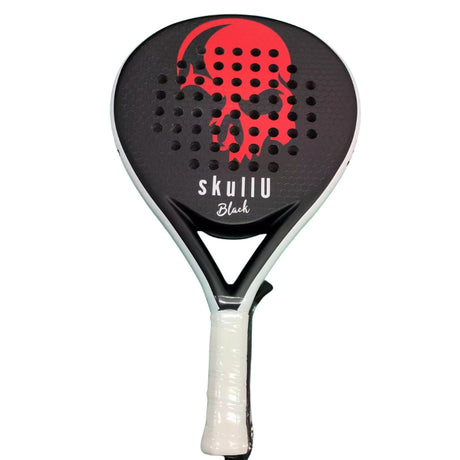
Babolat 2026 Juan Lebrón Padel Rackets: Viper, Viper Soft & Veron 3.0
We break down the Juan Lebrón 3.0 trio—Viper, Viper Soft and Veron—in the babolat 2026 padel rackets lineup. Understand how each model feels on court, from pure pro-level power to more...
Racket Central |


















